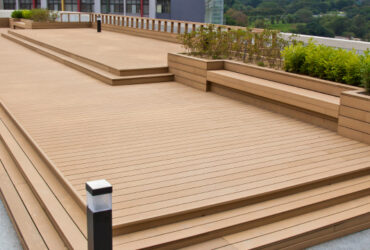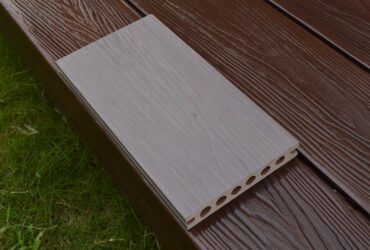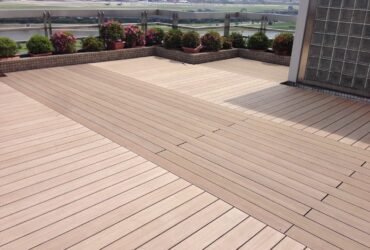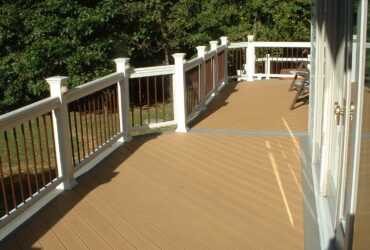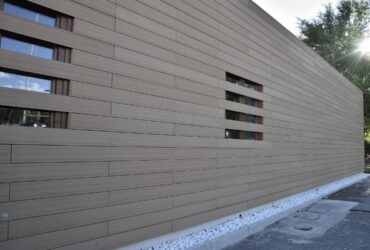Main Categories Of Wood Plastic Composite Materials
The production and processing technologies of wood-plastic composite materials are diverse, such as extrusion molding technology, hot pressing molding technology, and molding manufacturing technology. The combination and adjustment of a variety of raw materials and a variety of processing techniques result in many changes and types of final products.
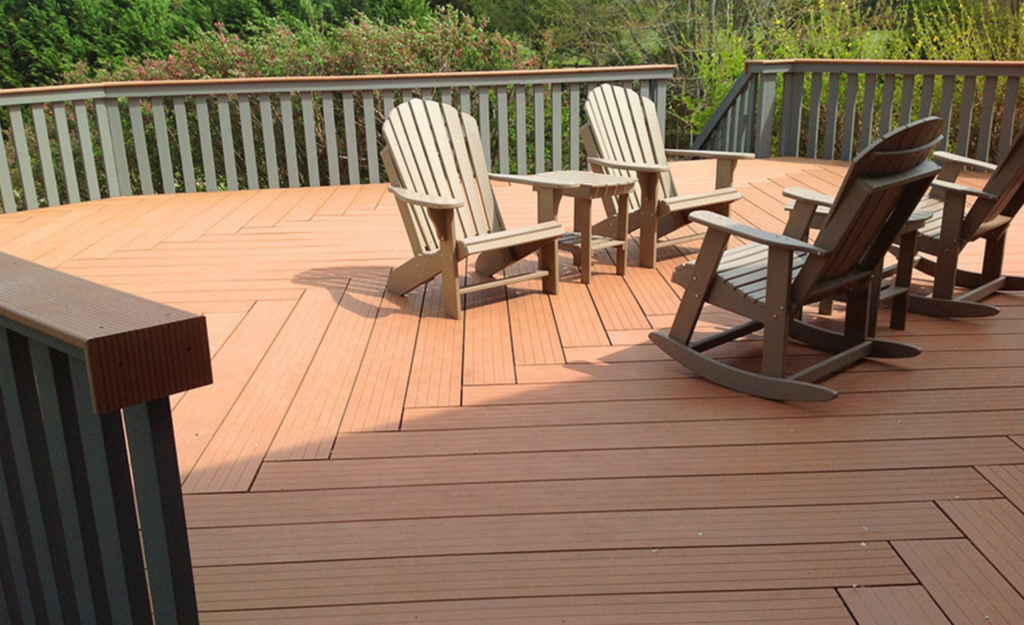
Wood-plastic composite materials classified by plastic raw materials
Wood-plastic composite materials classified by plastic raw materials require the use of some thermoplastics as raw materials in the production of wood-plastic composite materials.Commonly used plastics in production are virgin or recycled polyvinyl chloride (PVC), polypropylene (PP), polyethylene (PE), polystyrene (PS), etc.Different types of wood-plastic composite materials can be obtained by combining different types of plastic bases with biomass fiber plants (wood powder, straw, hemp, etc.) and processing them.At present, most of the wood-plastic composite materials used in building components, sculptures, paving, etc. in modern garden landscapes are made of recycled or newly made PVC, and PP is mostly used as a raw material.According to statistics, compared with 2002, the demand for wood/PVC increased by 200%, the demand for wood/PP composite materials increased by 130%, and the demand for wood/PE increased by 40%.
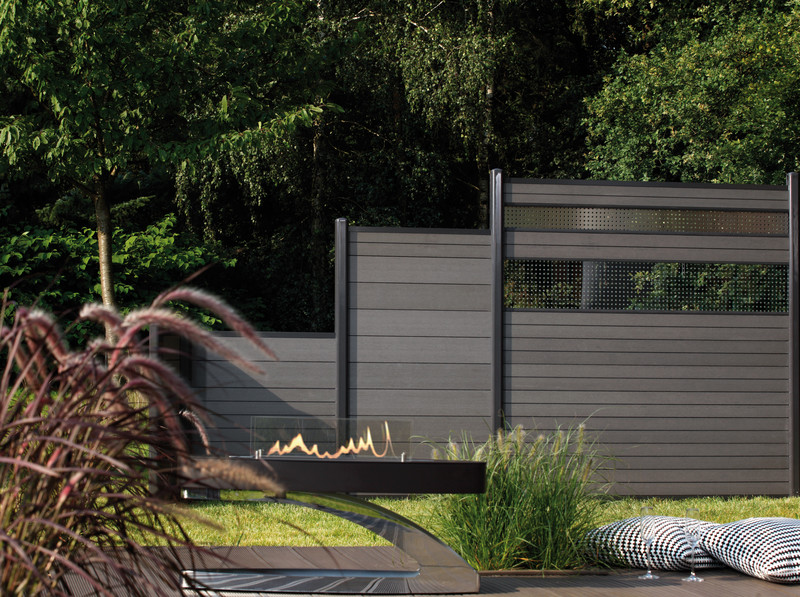
Wood-plastic composite materials classified by fiber raw materials
At present, the fiber raw materials used in wood-plastic composite materials are basically biomass fibers.Compared with mineral fibers, biomass fiber raw materials have the characteristics of wide sources, low prices, repeated processing, natural regeneration, biodegradability, low density, large aspect ratio, and large specific surface area.In addition, biomass fiber also shows good mechanical properties as a reinforcing material for thermoplastic plastics, such as high specific strength, low hardness, and low wear on processing equipment.

